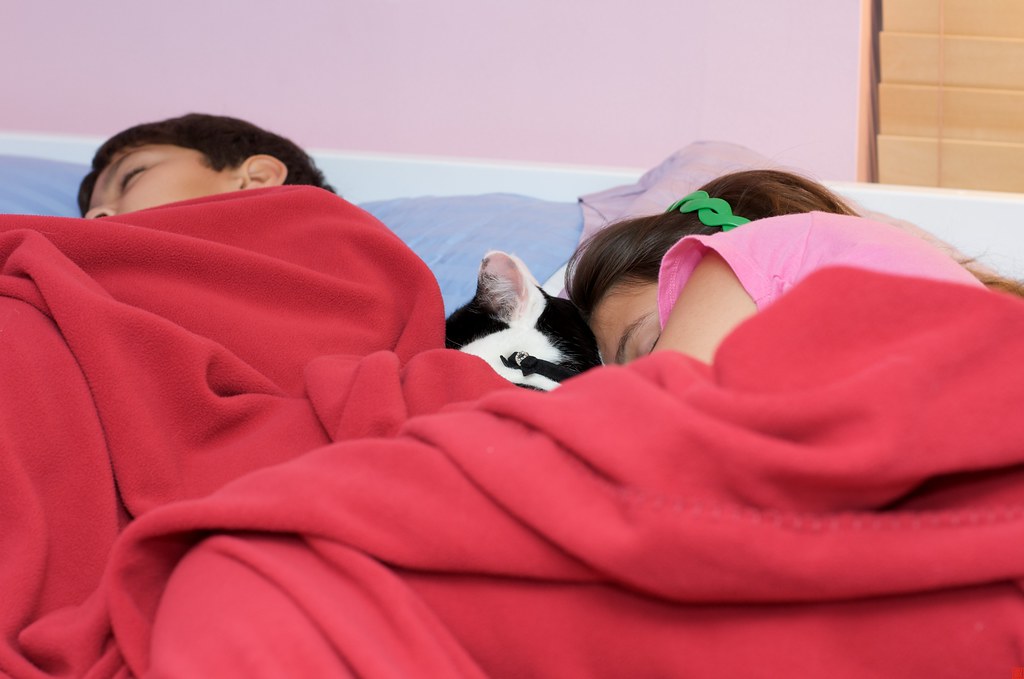Lars
Active member
I'm sure the following has been said in some form over and over, but here I go anyway. First impressions of of my D300:
- Ergonomics are excellent, as expected. Like a date once said when she stepped into my sportscar, "It fits."
- Finder is not as good as on D2x and my old F5. It's good, just not as good.
- High ISO performance is fantastic. Compared to my D2x there is just no contest. None. Wow. I love how the noise turns into texture and grain at high ISO. I tried some low-light ambient light shots at a party last night, at 3200 the images are quite usable, at 6400 you have to watch out a little with tungsten white balance.
- Shutter fires away happily at 6fps but the D2x had a cooler sound Speed drop shooting 14-bit raw was a bit surprising but no big deal.
Speed drop shooting 14-bit raw was a bit surprising but no big deal.
- My lenses still miss fullframe, nothing new there. I keep telling them to shut up but they won't listen. Especially the 135 DC gets too soft when the defocusing control is used, as the softness radius is also affected by the DX multiplier.
- The optional grip would be nice, for better grip if nothing else. I'll get one eventually.
- I LOVE having a built-in flash, it will be life-saver in some situations. Combined with the high-ISO performance the built-in flash has quite some reach. I already have an SU-800 flash controller but it's good to know that I can do without it in a pinch.
- Nice with a small charger for a change. This camera travels well.
- Live view... perhaps I'll find a use for it some day.
- Price. The low dollar has pushed prices down in Europe as well. I got mine from Robert White, great service as always.
- Resolution. It's still only 12 Mpx - my pipe-dream is 80+ megapixels. I'll keep my 8x10's for a few more years hehe.
All in all, it's faster and better than the D2x in almost every way, and for a third of the price. I'm happy.
Lars
- Ergonomics are excellent, as expected. Like a date once said when she stepped into my sportscar, "It fits."
- Finder is not as good as on D2x and my old F5. It's good, just not as good.
- High ISO performance is fantastic. Compared to my D2x there is just no contest. None. Wow. I love how the noise turns into texture and grain at high ISO. I tried some low-light ambient light shots at a party last night, at 3200 the images are quite usable, at 6400 you have to watch out a little with tungsten white balance.
- Shutter fires away happily at 6fps but the D2x had a cooler sound
- My lenses still miss fullframe, nothing new there. I keep telling them to shut up but they won't listen. Especially the 135 DC gets too soft when the defocusing control is used, as the softness radius is also affected by the DX multiplier.
- The optional grip would be nice, for better grip if nothing else. I'll get one eventually.
- I LOVE having a built-in flash, it will be life-saver in some situations. Combined with the high-ISO performance the built-in flash has quite some reach. I already have an SU-800 flash controller but it's good to know that I can do without it in a pinch.
- Nice with a small charger for a change. This camera travels well.
- Live view... perhaps I'll find a use for it some day.
- Price. The low dollar has pushed prices down in Europe as well. I got mine from Robert White, great service as always.
- Resolution. It's still only 12 Mpx - my pipe-dream is 80+ megapixels. I'll keep my 8x10's for a few more years hehe.
All in all, it's faster and better than the D2x in almost every way, and for a third of the price. I'm happy.
Lars

